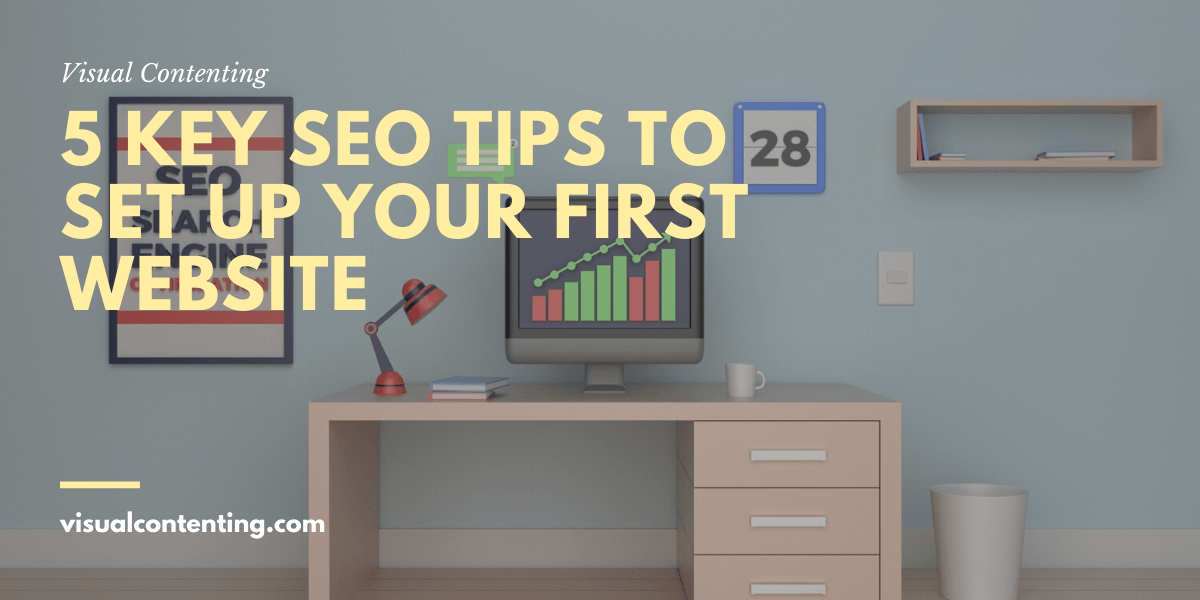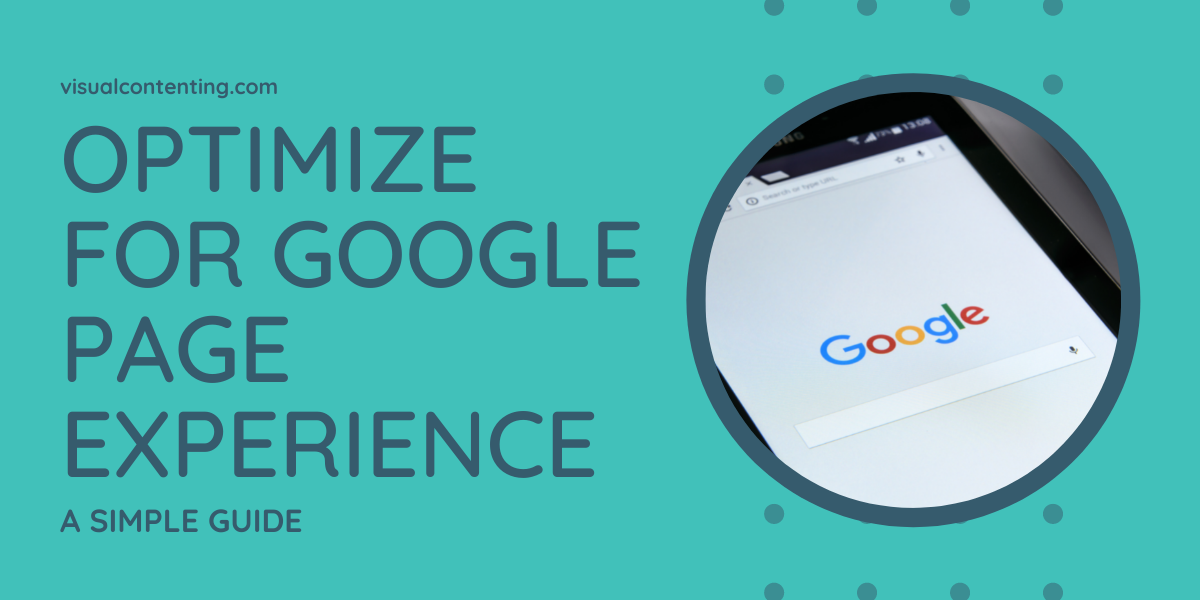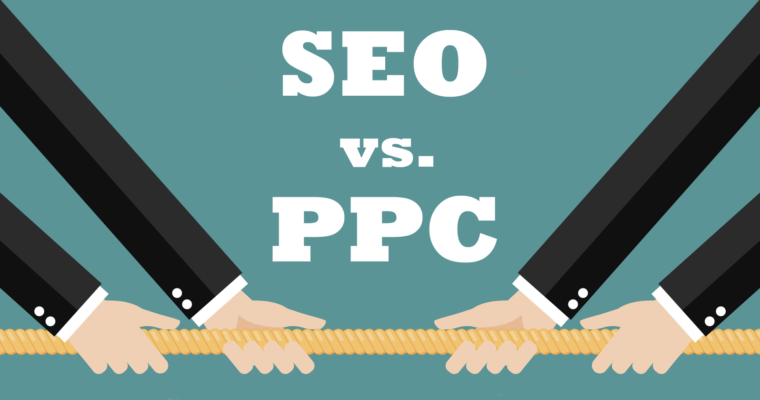There are many important factors that can make or break a website, and search engine optimization is definitely one of them. If you are committed to launching a top-of-the-line online experience for your audience and customers, then you not only need to focus on amazing design and top-notch performance, but also need to create a website that Google and other relevant search engines will deem worthy of the first spot in the SERPs. After all, there’s no better way to build brand awareness and reputation in the competitive digital world than to consistently appear at the top of every relevant organic search.
So, before you go ahead and launch your beautiful website, there are a few key SEO considerations you need to be aware of. Let’s go over the five SEO tips that will help you set up your first site, and ensure an amazing experience for your customers while getting on Google’s good side at the same time.
Install Google Analytics and Do Some Research
Every business needs a reliable analytics tool that will provide marketers and business leaders with relevant industry and company insights, and provide actionable data to allow you to optimize your online presence to the exact liking of your target audience. Without an analytics tool like Google Analytics to tell you where the bulk of your traffic is coming from or what keywords you’re ranking for best, then you’re just shooting in the dark and are even likely to get penalized by Google in the process.
The key here is to leverage your analytics tool to understand essential data like the exact keywords used in organic search and how your site is ranking for these keywords, the amount of traffic you’re getting organically as opposed to other sources on the web, or your site’s user experience and what you can improve. These are just the basic features, but in time you will learn to leverage the tool to completely optimize your site to Google’s liking.
Recommended: 6 Marketing Data Tools that Go Beyond Google Analytics
Prep Your Content Well in Advance
The web runs of content nowadays, which is why you need to be dishing out quality content on a regular basis if you want your site to stay relevant in the competitive market, and even surpass the competition and reach the top spot in the search results. Now, beginners might think that Google only looks for relevant keywords, but in reality, there are many SEO factors that make a piece of online content worthy of the top spot.
Namely, you not only need to integrate relevant keywords into your content (site, blog, product descriptions, and everything in between), but you also need to make your content relevant, data-driven, engaging, and readable. What’s more, you need to prep a lot of content in advance, as you want to be able to publish new articles on a regular basis to keep readers engaged, and to feed the SEO machine. Be sure to research popular blog topics in your niche, and focus on providing a clear-cut solution to the problems and questions your customers have.
Recommended: Goal-Oriented Content: How to Create Content for Links, Engagements, and Conversions
Choose Your Domain Wisely
Before you launch your site, you need to choose a domain. This is one of the most important decisions you will have to make, because not all domains were created equal, and not all will provide the same SEO benefits. For this reason, you need to choose a top-level domain such as a .me TLD using your company’s name to create a truly recognizable online identity that the customers will remember, and Google will rank in the same way as other top-level domains.
The reason why you might not want to go with a traditional TLD such as .com is that it’s probably already taken, and because there’s no need to break the bank trying to launch your site or to pay hefty renewal fees every year. Be sure to research top-level domains wisely, and choose the one that offers top-level security, drives SEO, and creates a personalized experience.
Prioritize Site Functionality and Design
You might feel ready to lift the curtain, but before you do, it’s important that you test your website for any performance issues, missing functionalities, or design mistakes that might confuse the search engines and your visitors. It’s important to make a lasting first impression, so be sure to check your site’s responsiveness and loading speed, assess the browsing experience (needs to be seamless and effortless), and don’t forget to simplify your site structure as much as possible and add a sitemap at the bottom to boot.
Recommended: 6 Web Design Updates for 2020
Optimize for Mobile Devices
Mobile is quickly becoming the predominant platform that the modern online audiences use to consume digital content, and even buy products and sign up for services. Not only is it important to optimize your site for handheld devices to provide a better experience for your customers, but using AMPs (Accelerated Mobile Pages) will also help you rank better and tell Google that your site will load properly on all screen sizes. In turn, this will make your site more relevant, and automatically propel you up the SEO ladder.
Wrapping up
There’s only so much a beautiful and responsive website is able to achieve without proper search engine optimization. Now that the competition is fiercer than ever before, it becomes imperative to tick every box on your SEO checklist and launch a website that will show the search engines just how worthy it is of the top spot.
Related Posts
A digital marketer from Sydney. Works as a blogger, Senior Editor for Bizzmark blog and a lecturer at Melbourne University. Tweets industry related articles.







